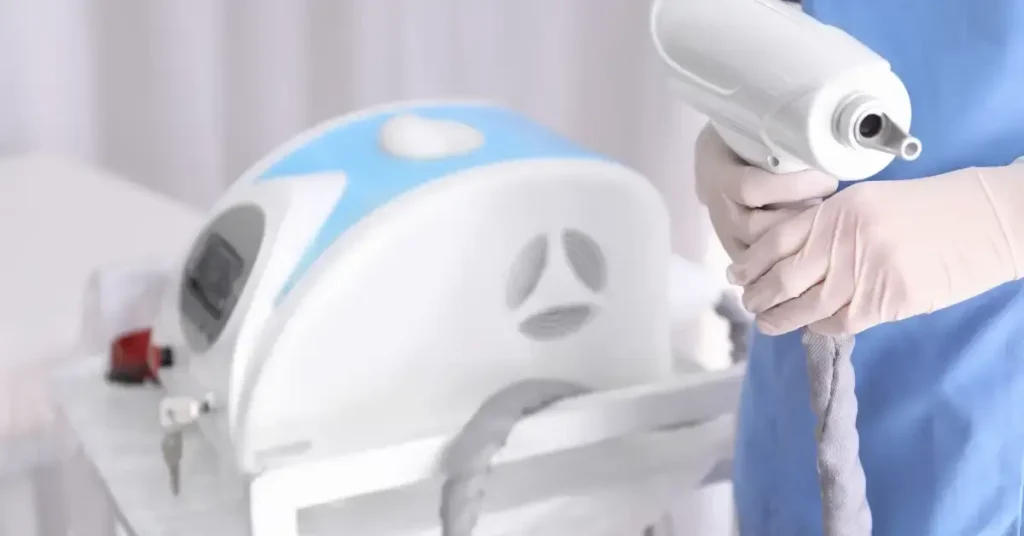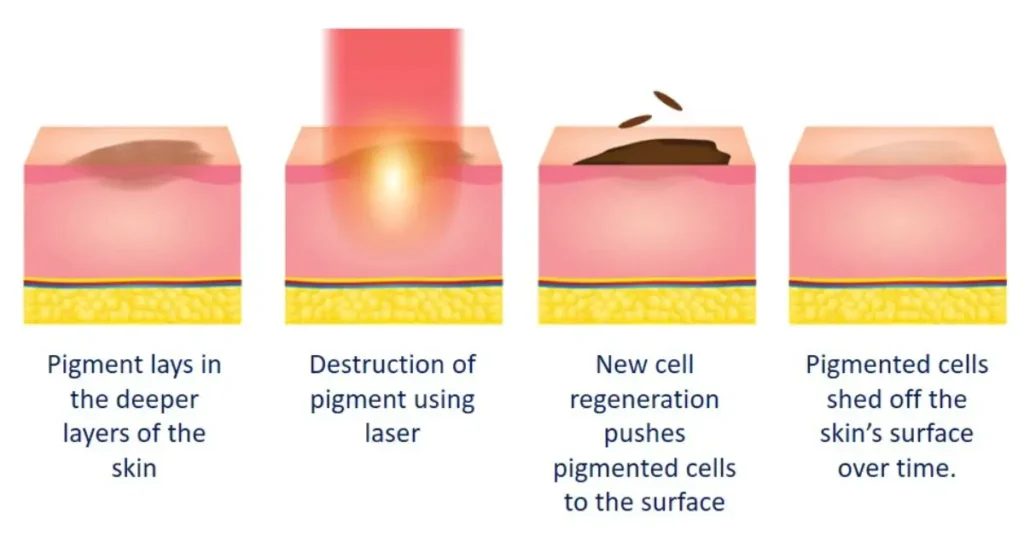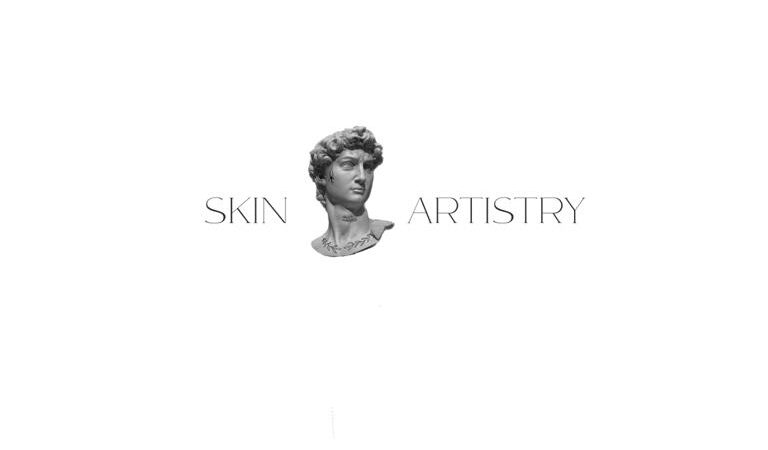When it comes to tattoos, we all have different reasons for getting them. Some people get tattoos to express themselves, while others get them as a form of art. However, what happens when you regret getting a tattoo, especially on your face? This is where face tattoo removal comes in.
Face tattoo removal is the process of removing tattoos from the face using various methods, including laser surgery, surgical removal, and dermabrasion. Each method works differently, and the cost and effectiveness of each method vary. Laser tattoo removal is the most common method used for face tattoo removal, as it is the least invasive and has a lower risk of scarring. However, it may take several sessions to completely remove the tattoo.
If you have a tattoo on your face that you want removed, it might seem like a challenging process. However, it’s not impossible! With the right specialist and technique, you can safely and effectively remove your tattoo. In this article, we’ll discuss the various methods of face tattoo removal, the expenses involved, and what you can expect before and after the procedure. Additionally, we’ll offer advice on how to locate a specialist and take care of your skin while it heals. If you’re thinking about getting your face tattoo removed, continue reading to discover more.
Understanding Tattoos and Their Removal
Tattoos are a way to express oneself and create a distinctive appearance. However, there may be times when tattoos are no longer desired. In this section, we will explore the process of getting a tattoo, the different methods for removing tattoos, and how laser technology is utilized in tattoo removal.
Tattoo Application
Tattoos are created by injecting ink particles into the skin using a needle. The size and location of the tattoo can affect the level of pain experienced during the application. The tattoo ink used can also affect the appearance of the tattoo over time. Some tattoo inks can fade or change color, while others can cause allergic reactions or infections.
Tattoo Removal Methods
There are several methods for tattoo removal, including dermabrasion, excision, chemical peels, surgical removal, tattoo removal creams, and salabrasion. However, laser treatments are the most popular and effective method for tattoo removal.
Laser Technology in Tattoo Removal

Laser removal works by breaking down the ink particles in the tattoo. The laser emits a high-intensity light that penetrates the skin and targets the ink particles. The ink particles absorb the light energy and are shattered into smaller pieces. These smaller ink particles are then removed by the body’s immune system.
There are two types of lasers used in tattoo removal: q-switched laser and picosecond lasers. The q-switched laser emits short pulses of high-energy light that target the ink particles without damaging the surrounding skin. The nd laser is a type of q-switched laser commonly used for tattoo removal. The picosecond laser emits even shorter pulses of high-energy light, which can break down the ink particles more efficiently.
The Removal Process and Its Effects
Procedure of Removal
When it comes to removing face tattoos, there are a few different methods available. The most common methods include laser surgery, surgical excision, and the use of a rotary device.
Laser surgery is a popular choice for removing tattoos because it is effective and generally safe. During the procedure, a dermatologist will use a laser to break up the ink particles in the tattoo. The ink is then absorbed by the body and eliminated through the lymphatic system. The number of laser treatments required will depend on the size and complexity of the tattoo.
Removing a (face) tattoo through surgical excision requires cutting out the tattooed skin and stitching the remaining skin back together. This method is usually employed for smaller tattoos and may result in scarring. The use of a rotary device, which involves sanding down the skin until the tattoo is removed, is not typically recommended for facial tattoos because it can be painful and result in scarring.

Possible Side Effects and Risks
While tattoo removal is generally safe, there are some potential side effects and risks to be aware of. These may include:
- Discomfort during the procedure
- Swelling and redness
- Darkening or discoloration of the skin
- Allergic reaction
- Infection
- Open wound
- Scarring
It is important to choose a reputable dermatologist who can perform the procedure safely and minimize the risk of complications.
Recovery and Aftercare
After the tattoo removal procedure, the treated area may be sore and tender for a few days. You may also experience some redness and swelling. It is important to follow your dermatologist’s aftercare instructions carefully to ensure proper healing and minimize the risk of complications.
This may include keeping the area clean and dry, applying a topical ointment, and avoiding direct sunlight. You may also be advised to avoid strenuous activity and to avoid picking at any scabs or blisters that may form.
In addition, it is important to wear sunscreen on the treated area to prevent discoloration and protect the skin from further damage. With proper aftercare, the skin should heal within a few weeks and any scarring should be minimal.
Specifics of Face Tattoo Removal
Challenges in Removing Face Tattoos
When it comes to removing a face tattoo, there are a few unique challenges to consider. First and foremost, the face has more sensitive skin than other parts of the body, which means that the removal process can be more uncomfortable. Additionally, the face is a highly visible area, so any scarring or discoloration resulting from the removal process can be more noticeable and potentially impact one’s appearance.
Removing a face tattoo can be challenging because the skin on the face has varying colors and textures, which can affect the removal methods’ effectiveness. Darker-skinned individuals may face more difficulty due to the deeper epidermis and more challenging tattoo pigment to target.
How to Remove a Face Tattoo
There are several methods for removing a face tattoo, each with its own advantages and disadvantages. Some of the most common methods include:
- Dermabrasion: This method involves using a high-speed rotary device to remove the top layers of skin, including the tattoo pigment. While effective, it can be painful and may result in scarring.
- Q-switched Nd laser: This laser emits high-energy pulses that break up the tattoo pigment, allowing the body to absorb and remove it. This method is generally less painful than dermabrasion and has a lower risk of scarring.
- Surgical removal: This method involves cutting out the tattooed skin and stitching the surrounding skin together. While effective, it can result in scarring and may not be suitable for larger tattoos.
It is important to note that the effectiveness of each method can vary depending on factors such as the size and location of the tattoo, as well as the individual’s skin type and color. Consulting with a cosmetic surgeon or tattoo removal specialist can help determine the best method for removing a face tattoo.

Cost Considerations
When it comes to removing a face tattoo, cost is a major consideration. The cost of tattoo removal depends on several factors, including the size, color, and placement of the tattoo, as well as the number of sessions required to fully remove it.
Before committing to tattoo removal, it’s important to schedule a consultation with a reputable provider. During this consultation, we can discuss the specifics of the tattoo and determine the best course of action for removal. This consultation is usually free of charge, and it’s a great opportunity to ask any questions we may have about the process.
The cost of face tattoo removal can vary widely depending on the method used. In general laser removal is the most common method, and it typically costs between $200 and $500 per session. However, larger or more complex tattoos may require more sessions, which can drive up the overall cost. In some cases, the total cost of tattoo removal can be as high as $10,000 or more.
It’s important to keep in mind that tattoo removal is not typically covered by insurance, so we should be prepared to pay for the procedure out of pocket. However, some providers may offer financing options or payment plans to make the process more affordable.
Overall, the cost of face tattoo removal can be significant, but it’s important to consider the long-term benefits of having the tattoo removed. With the help of a reputable provider and a little bit of planning, we can make tattoo removal an affordable and effective option for achieving the look we want.
Our Opinion on Face Tattoo Removal
When considering removing a face tattoo, it’s important to carefully weigh all factors involved. Although tattoo removal can be effective, it isn’t always guaranteed to fully remove the tattoo, potentially leaving it still visible. Thus, doing thorough research, weighing the pros and cons, and consulting with a specialist are crucial before deciding on face tattoo removal. It might be wise to reconsider your decision before getting your next tattoo (especially in the face) 😉
How many Sessions until full removal of a face tattoo
The number of sessions required for full removal of a face tattoo varies depending on several factors such as the size, color, and age of the tattoo. Generally, it takes anywhere from 6 to 12 sessions to remove a face tattoo completely. However, it is essential to note that the process of tattoo removal is not an exact science, and the number of sessions required can vary from person to person.
It is also important to keep in mind that the process of tattoo removal can be time-consuming and expensive. Each session can take anywhere from a few minutes to an hour, and the cost can range from a few hundred to a few thousand dollars per session. Therefore, it is crucial to consider all the factors before deciding to remove a face tattoo.
How visible will the Tattoo be after removal
While tattoo removal can effectively remove a face tattoo, it is important to note that the tattoo may still be visible after the removal process. The extent of visibility depends on several factors, such as the size and color of the tattoo, the type of removal procedure used, and the individual’s skin type.
In some cases, the tattoo may be completely removed, leaving no visible trace. However, in other cases, the tattoo may leave a scar or a faint outline, which may be visible under certain lighting conditions. It is important to discuss the expected outcome with a dermatologist or a tattoo removal specialist before starting the removal process.
If you liked this blog post about the topic: face tattoo removal, don’t forget to leave us a comment down below to tell us about your experience with it.





